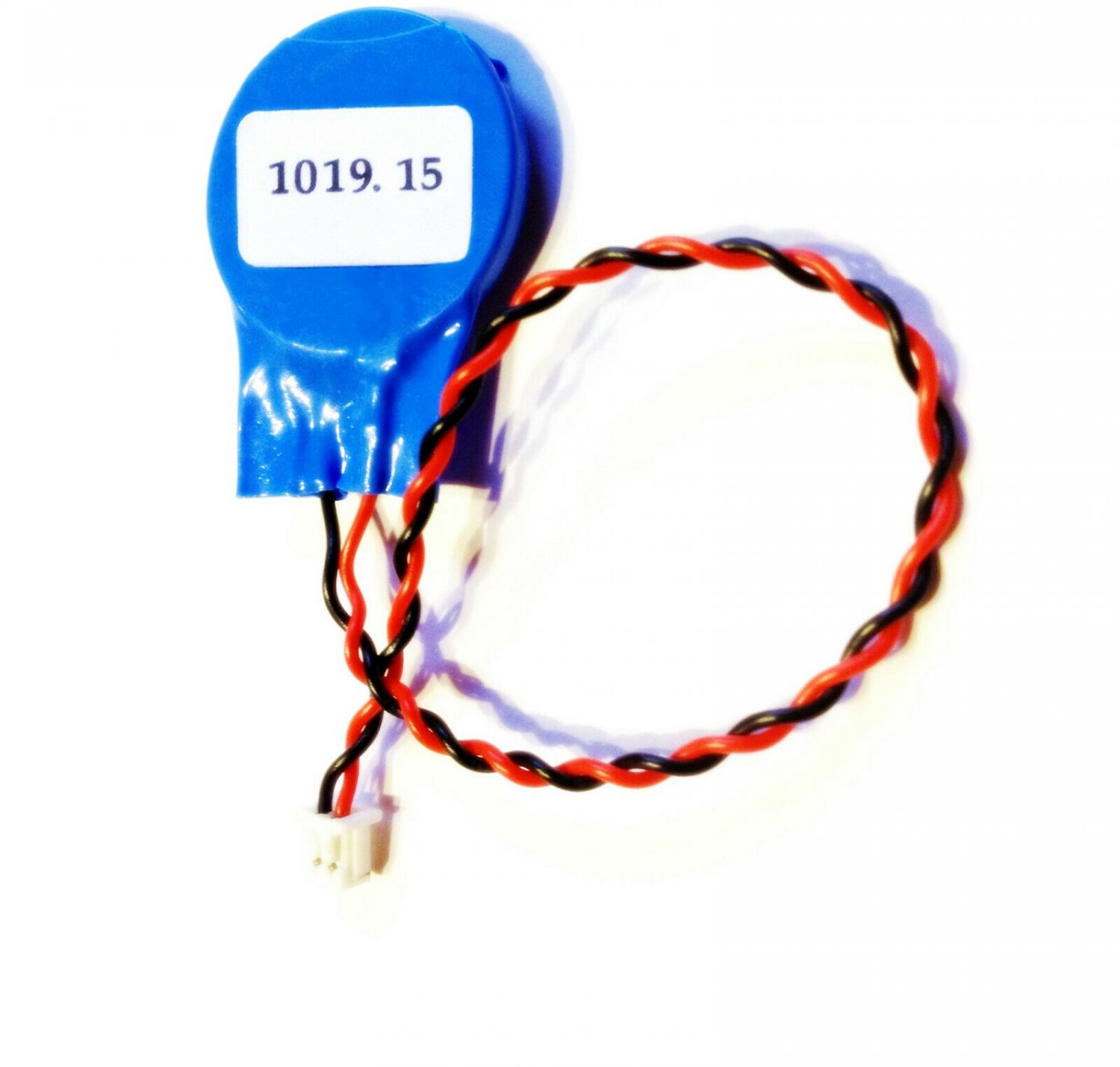

If you try a hot swap you might want to tag the cell on a bit of tape so you can hang onto it- There is potential for real damage as (especially with the holders where the battery is flat to the board) the battery doesn’t always release in quite the way you’d expect, liberating the cell to bounce off you onto the motherboard surface, which even if its a glancing blow could connect points which the manufacturer never envisaged would or should be connected… Then Save and Exit to boot normally.Īnd, as always, make sure you have current copies of any data file you don’t want lost BEFORE thinking of starting this battery replacement. Check/set your Date and Time, if necessary, and any other user settings you may have made (like drive boot order). Connect power and boot directly into the BIOS Setup Menu. After replacing the battery, inspect everything to make sure all power and data connections are tight and secure. While the case is open, make sure the interior is clean of heat trapping dust, clean if necessary.
CMOS BATTERY SKIN
Skin oils promote corrosion and attract dust. Do not touch the new battery with your bare fingers. Last, just as a reminder, do make sure the PSU is unplugged from the wall and you touch bare metal of the case interior BEFORE reaching in to remove or replace the battery to discharge any static in your body. And I do mean “short” so have your plan of action sorted out to get in there, remove the old and insert the new promptly. Some motherboards do have a small storage capacitor to hold those CMOS settings for a short time just to accommodate battery changes. If the designers want it to be hard, they would have, and could have easily used a different type circuit instead of CMOS. Note the CMOS is meant to be reset easily.

Note the RTC (real time clock) is NOT the same thing as the Date and Time – however the Date and Time depend on the RTC. And the CMOS circuit is used to keep user settings, such as Date and Time. Note the purpose of the CMOS battery is to keep power on the CMOS circuit whenever the computer is unplugged from the wall.

So write them down before you remove the battery. Note many motherboards let you save those settings to a file you can use to restore after a reset. You absolutely should assume any “user setting” in the BIOS Setup Menu you made will be reset. So in summary, note the settings, best be quick, make sure you have the right replacement on hand and make sure you have noted the bitlocker recovery key, if bitlocker is enabled.
CMOS BATTERY PLUS
In accordance with PaulT’s post I dealt with Asus boards back in 2016-2018 and found removing the battery stops the clock and will just produce a message to the effect that the battery has failed at next POST- it takes a lot longer with the battery removed to lose the settings (30 seconds plus to be sure they’re gone if the battery was in good condition, less if it’s already failing) moving the CMOS clear jumper actually removes battery power and drains the reserve which otherwise permits a relatively safe battery change (or a slightly imperfect battery connection.) BUT as that reserve is in one small component which does little for the day to day running it can be downsized or omitted at the design stage with only a minor affect on failures, so the actual situation depends on your board model and the time/temperature profile of its operation. Of course the machine might not boot so you might need to print the images if you haven’t a second machine and they aren’t on a phone / camera. That way if it does lose settings or corrupt something subtly so you have to restore defaults anyway (which does happen, unfortunately) you have that situation in hand. and save each screen as it only does the one you’re on). Specifics aside, perhaps take ownership of the situation and write the settings down, or take photos on a phone or camera, or see if your board is one from which you can save the current screen to an image on USB (look at the bottom or right side of the screen for instructions.


 0 kommentar(er)
0 kommentar(er)
